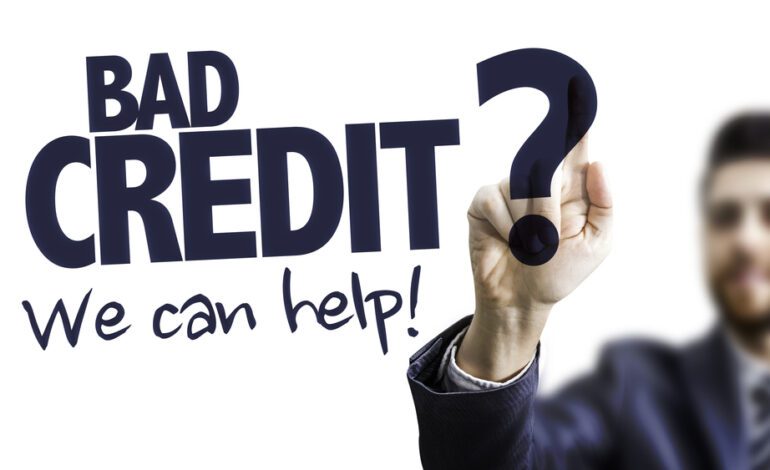Understanding Credit Utilization and Its Impact on Your Score

Credit utilization, though a simple concept, plays a pivotal role in determining your credit score. It’s a reflection of how responsibly you manage your available credit. Let’s explore what credit utilization is, why it’s essential, and how you can optimize it.
1. What is Credit Utilization?
Credit utilization is the ratio of your current credit card balances to your credit limits. It’s calculated by dividing your total credit card balances by your total credit card limits and is usually expressed as a percentage.
Example: If you have a total credit limit of $10,000 across all cards and you’ve used $2,500, your credit utilization rate is 25%.
2. Why is It Important?
Credit utilization is a significant component of your credit score, accounting for nearly 30% of your FICO score. It’s second only to payment history in importance.
A high utilization rate can signal to lenders that you’re over-reliant on credit, potentially making you a riskier borrower. Conversely, a low rate indicates responsible credit management.
3. Optimal Credit Utilization
While there’s no universally agreed-upon “best” rate, many financial experts recommend keeping your credit utilization below 30%. This means if you have a credit limit of $10,000, try to keep your balance under $3,000.
4. Tips to Improve Credit Utilization
- Pay Balances More Frequently: Instead of waiting for your monthly statement, consider making bi-weekly payments. This can reduce your balance and, consequently, your utilization rate.
- Request a Credit Limit Increase: If you’ve been a responsible borrower, your credit card issuer might be willing to increase your credit limit. This can instantly lower your utilization rate.
- Avoid Closing Old Cards: Closing a credit card reduces your available credit, which can increase your utilization rate. Even if you don’t use a card often, it might be beneficial to keep it open.
- Spread Out Your Spending: Instead of maxing out one card, distribute your expenses across multiple cards. This can help in keeping individual card utilizations low.
- Monitor Your Credit: Regularly check your credit report to ensure there are no inaccuracies, especially in your credit limits or balances.
5. The Bigger Picture
While credit utilization is crucial, it’s essential to view it as part of a broader credit management strategy. Always paying your bills on time, diversifying the types of credit you have, and being cautious about opening new credit accounts are all vital for a robust credit profile.
Conclusion
Understanding and managing your credit utilization is a proactive step towards maintaining a healthy credit score. By keeping this ratio in check and combining it with other responsible financial behaviors, you can pave the way for better financial opportunities and terms in the future.










